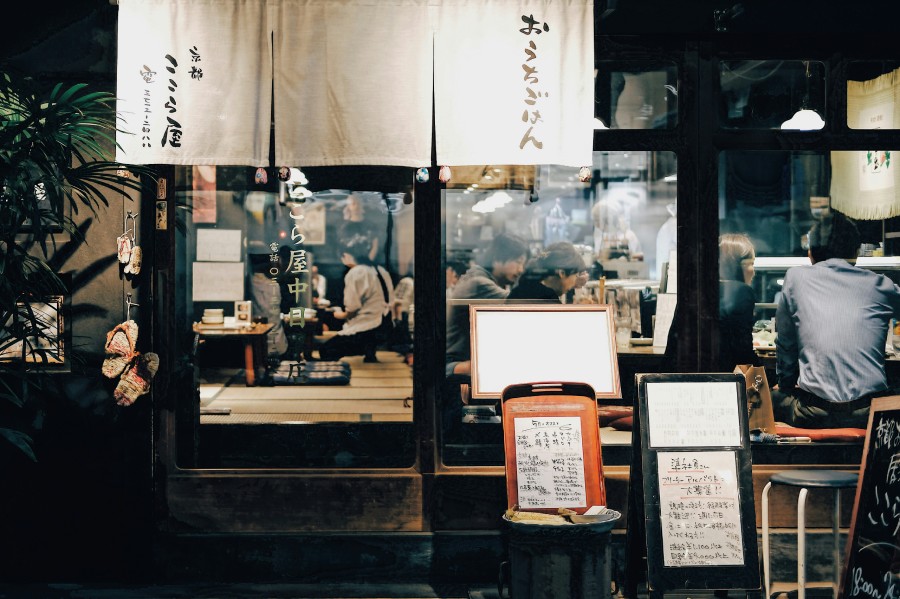Dining in Japan: 25 Unique Customs and Etiquette Rules Every Visitor Should Know
Japan’s dining culture is a fascinating blend of tradition, etiquette, and world-class hospitality. From quiet, respectful atmospheres to high-tech toilets and no-tipping customs, eating out in Japan is more than just a meal — it's a cultural experience. Whether you're grabbing ramen from a vending machine-operated shop or enjoying omakase at a sushi counter, knowing these unique customs will help you enjoy your meal like a local and avoid cultural faux pas. Here’s your essential guide to what makes dining in Japan unlike anywhere else in the world.

1. Omotenashi (Japanese Hospitality)
A spirit of selfless hospitality. No tipping is expected, and service is offered with sincere politeness.
2. Quiet Dining Atmosphere
Conversations are kept low and calm out of respect for others.
3. Attention to Seasonal Aesthetics
Presentation, dishware, and ingredients reflect the changing seasons.
4. Counter-Style Dining (Especially at Sushi, Tempura, and Kappo Restaurants)
Enjoy watching the chef's skills in action right before your eyes.
5. Otoshi (Table Charge Appetizer)
A small dish automatically served at izakayas as a cover charge (usually not free).
6. Teishoku Set Meals
Meals served as a set with rice, miso soup, a main dish, and sides.
7. Calling Staff by Bell or Saying “Sumimasen”
Staff won’t approach unless called; many places have a button or bell for this.
8. Slurping Noodles Is Not Rude
Slurping soba or ramen is considered a sign of enjoyment and appreciation.
9. Dish-Sharing Is Uncommon (Especially in Formal Settings)
Each person usually orders and eats their own portion.
10. No Tipping Culture
Tipping is not required or expected. It may even confuse staff.
11. Payment at the Register
You typically pay at the counter after the meal, not at your table.
12. Cash Is Still Common
Many places, especially small or traditional ones, may not accept cards.
13. Remove Shoes in Certain Restaurants
Required in traditional seating areas or tatami-mat rooms.
14. All-You-Can-Drink Rules (Nomihodai)
Time-limited, with a final drink order ("last order") near the end. Waste may incur a penalty.
15. Strict Cancellation Policies
Especially for high-end or reservation-only restaurants. No-shows may incur cancellation fees.
16. Order Drinks First at Izakayas
At most izakayas (Japanese pubs), it is customary to order drinks before food. Your first drink often comes quickly and signals the start of the dining experience.
17. Last Orders Are Announced Separately
Many restaurants, especially izakayas, have separate last order times for food and drinks — earlier than the actual closing time. Staff will often come around to take final orders as the cutoff approaches. After that point, no more orders can be placed, even if the restaurant is still open, so be sure to order everything you want before then.
18. Oshibori (Wet Towels) Are Provided
Warm or cold towels for wiping hands, given before eating.
19. Water or Tea Is Served Free of Charge
Automatically served upon seating, with free refills.
20. Clean, High-Tech Toilets
Bidet toilets with heated seats and sound-masking features are common.
Alcohol & Nightlife Culture
21. Alcohol Can Be Ordered Easily
It’s normal to drink even during lunch hours. ID checks exist but are often lenient.
22. Long Stays Are Welcome
Especially at izakayas, guests often stay for hours chatting and eating.
23. Ticket Vending Machines (Common at Ramen or Soba Shops)
Buy a meal ticket from a machine before taking a seat.
24. Solo Dining Booths (e.g., Ichiran Ramen)
Individual booths allow diners to eat alone without distraction or judgment.
25. Indirection Instead of Saying “No” Directly
Instead of saying “no,” staff may use vague phrases like “it might take some time…”
update